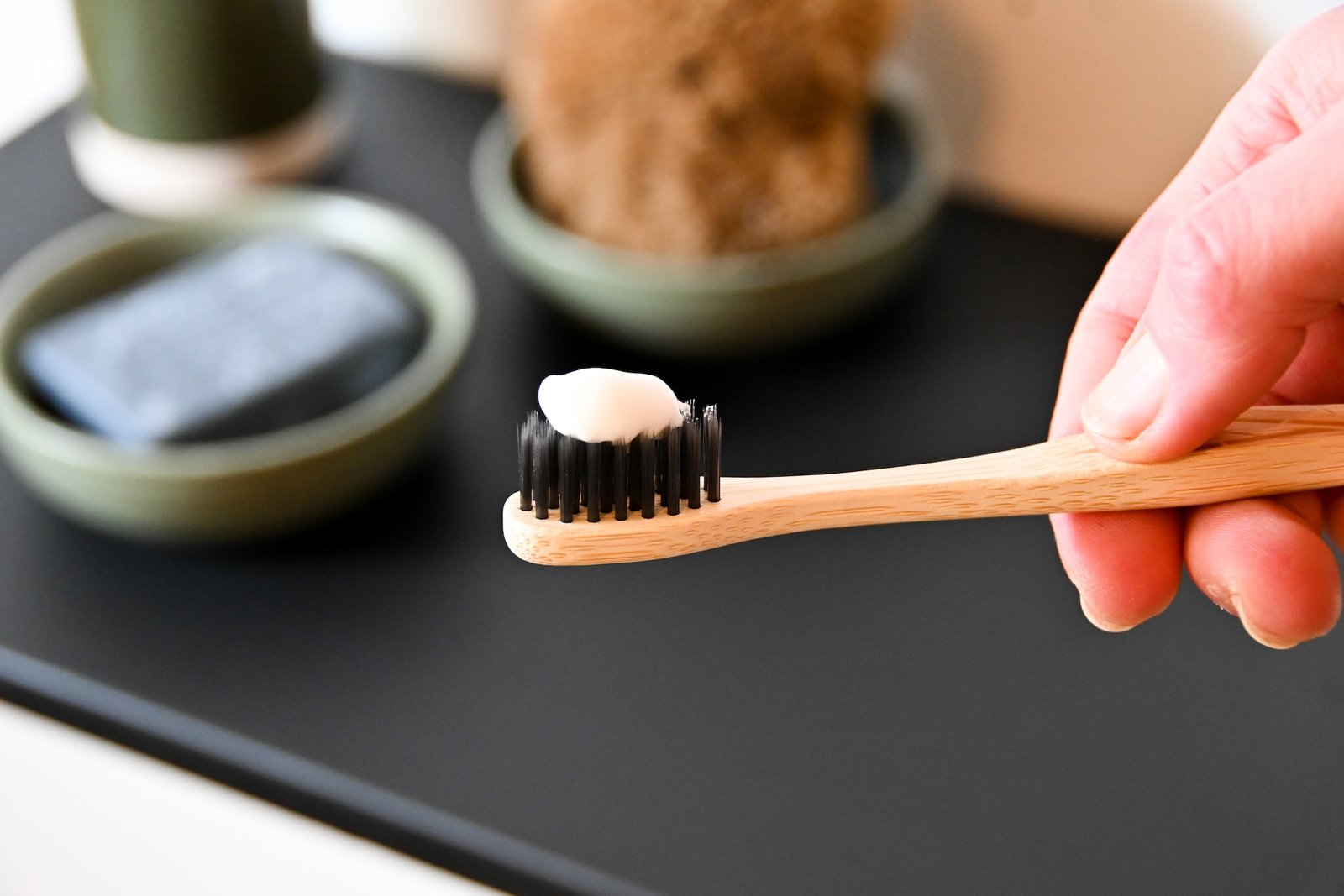Toothpaste is an essential part of our daily routine, and we use it to keep our teeth clean, fresh, and healthy. Have you ever wondered how toothpaste is manufactured and made? In this article, we will explore the process of manufacturing toothpaste, from the ingredients to the final packaging.
Table of Contents
- Introduction
- Ingredients of Toothpaste
- Abrasives
- Binders
- Humectants
- Flavors
- Preservatives
- Water
- Manufacturing Process of Toothpaste
- Mixing the Ingredients
- Filling the Tubes
- Sealing the Tubes
- Quality Control
- Packaging and Distribution
- Conclusion
- FAQs
Ingredients of Toothpaste
Toothpaste is made up of several key ingredients that work together to clean and protect our teeth. These include abrasives, binders, humectants, flavors, preservatives, and water.
Abrasives
Abrasives are the ingredients that help to remove plaque and surface stains from our teeth. Common abrasives used in toothpaste include calcium carbonate, silica, and baking soda.
Binders
Binders are added to toothpaste to give it its characteristic texture and consistency. They help to hold the toothpaste together and prevent it from separating. Common binders used in toothpaste include xanthan gum, carrageenan, and cellulose gum.
Humectants
Humectants are added to toothpaste to keep it from drying out and to help maintain its texture and consistency. They also help to prevent the toothpaste from hardening or cracking over time. Common humectants used in toothpaste include glycerin, sorbitol, and propylene glycol.
Flavors
Flavors are added to toothpaste to make it more pleasant to use and to help freshen our breath. Common flavors used in toothpaste include peppermint, spearmint, and wintergreen.
Preservatives
Preservatives are added to toothpaste to prevent the growth of bacteria and to help extend the shelf life of the product. Common preservatives used in toothpaste include sodium benzoate and potassium sorbate.
Water
Water is added to toothpaste to help create the right consistency and to help dissolve and disperse the other ingredients.
Manufacturing Process of Toothpaste
The manufacturing process of toothpaste involves several steps, from mixing the ingredients to packaging and distribution.
Mixing the Ingredients
The first step in manufacturing toothpaste is to mix the ingredients together in the right proportions. The ingredients are mixed in a large vat until they form a smooth, homogeneous paste. The mixing process can take several hours to ensure that all of the ingredients are thoroughly combined.
Filling the Tubes
Once the toothpaste is mixed, it is ready to be filled into tubes. The tubes are typically made of aluminum or plastic and are filled using a specialized filling machine. The toothpaste is pumped into the tubes through a nozzle, and the tubes are filled to a predetermined level.
Sealing the Tubes
Once the tubes are filled, they are sealed using a sealing machine. The sealing machine applies a small amount of heat to the end of the tube, which melts the plastic or aluminum and seals the toothpaste inside. The sealed tubes are then cooled and inspected for quality control.
Quality Control
To ensure the safety and effectiveness of the toothpaste, it undergoes a rigorous quality control process. The toothpaste is tested for consistency, texture, flavor, and other quality factors. It is also tested for safety to ensure that it does not
How Toothpaste is Made: A Comprehensive Guide
Toothpaste is a daily essential for maintaining oral hygiene, but have you ever wondered how it is made? From its history to the manufacturing process, this article will provide you with a comprehensive guide on the making of toothpaste.
Table of Contents
- Introduction
- The History of Toothpaste
- The Ingredients of Toothpaste
- The Manufacturing Process of Toothpaste
- Quality Control
- Packaging and Distribution
- Sustainability
- Conclusion
- FAQs
1. Introduction
Toothpaste has become an essential part of our daily lives, as it helps to prevent tooth decay and gum diseases. We use toothpaste to clean our teeth, freshen our breath, and maintain good oral hygiene. The process of manufacturing toothpaste involves careful consideration of the ingredients and their proportions, quality control, and packaging.
2. The History of Toothpaste
Toothpaste has a long history that dates back to ancient times. The ancient Egyptians used a mixture of crushed eggshells, ox hooves, and pumice to clean their teeth. The Greeks and Romans used a variety of tooth-cleaning agents, including charcoal, crushed bones, and oyster shells. In the 19th century, toothpaste became a commercial product, and it has since evolved to become the essential oral hygiene product that we use today.
3. The Ingredients of Toothpaste
The primary ingredients of toothpaste are a mild abrasive, a binder, a humectant, a detergent, a flavoring agent, and a fluoride compound. The mild abrasive is usually a calcium carbonate or hydrated silica, which helps to remove plaque and stains from the teeth. The binder is usually a thickening agent such as carboxymethyl cellulose, which gives the toothpaste its texture. The humectant is usually glycerin or sorbitol, which helps to keep the toothpaste moist. The detergent is usually sodium lauryl sulfate, which helps to create foam and distribute the toothpaste throughout the mouth. The flavoring agent can be natural or synthetic and is used to make the toothpaste more pleasant to use. Lastly, the fluoride compound is added to help prevent tooth decay.
4. The Manufacturing Process of Toothpaste
The manufacturing process of toothpaste involves several steps. First, the dry ingredients are mixed together in a large mixer. Next, the wet ingredients are added, and the mixture is blended until it becomes a smooth paste. The mixture is then heated to a high temperature to sterilize it and remove any excess water. Once the mixture has cooled, it is transferred to a filling machine, where it is packaged into tubes or bottles.
5. Quality Control
Quality control is an essential part of the toothpaste manufacturing process. The ingredients are carefully selected and tested to ensure that they meet the necessary standards. The manufacturing process is closely monitored to ensure that the toothpaste is of consistent quality. Samples of the toothpaste are taken from each batch and tested to ensure that they meet the required specifications.
6. Packaging and Distribution
After the toothpaste has been manufactured and tested, it is packaged and distributed to retailers. The toothpaste is usually packaged in tubes or bottles, and the packaging is designed to protect the toothpaste from light and air. The toothpaste is distributed to retailers and then to consumers, who use it for their daily oral hygiene routine.
7. Sustainability
Sustainability is becoming increasingly important in the manufacturing industry, and toothpaste is no exception. Toothpaste manufacturers are implementing sustainable practices to reduce their impact on the environment. Some of the sustainable practices include using renewable energy sources, reducing waste, and using recyclable packaging
Internal link – dantmanjan





